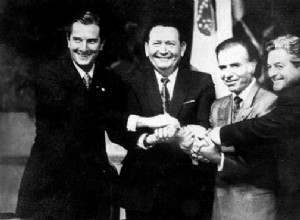The Mercosur is the acronym for Southern Common Market , an economic bloc currently composed of four South American countries, created on March 26, 1991. There are five countries that make up Mercosur:Argentina, Brazil, Paraguay, Uruguay and Venezuela. The latter, however, is temporarily suspended




